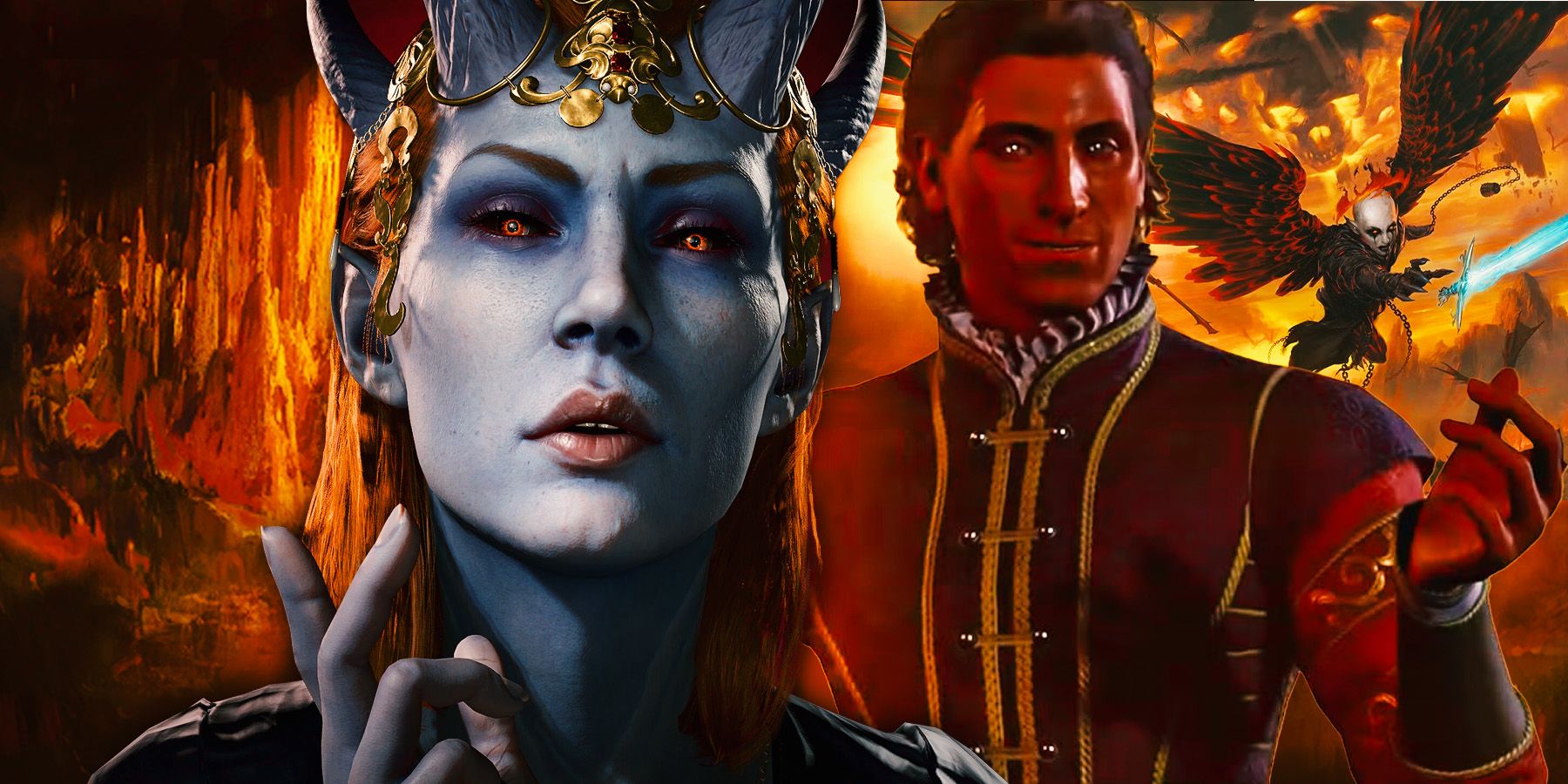
Devil society is organized into hierarchies, with clear paths to greater power involving deceit, violence and trickery. The Hells are a vast and tangled web of positions and roles, connecting pretty much every devil in the game together in some form or another. While Baldur’s Gate 3 does a good job characterizing each of these devils, here are the ways in which each of the five most important fiends in the game are connected to one another.
Baldur’s Gate’s Depiction Of The Structure Of The Hells
Nine Layers Under Nine Leaders

First and foremost, you can get a better understanding of these characters if you have a better understanding of their home turf. The Hells in D&D and BG3 are separated into nine layers, each governed by a different archduke (e.g., Zariel is the archduke of Avernus, the first layer). These powerful fiends are responsible for every other devil on their layer, and have a complex hierarchical structure for their subordinates.
Many of these devils, especially on the layer of Avernus, are put to work fighting in the Blood War. This is an eternal war between demons and devils, and many devils will barter for mortal souls to conscript more soldiers to their side.
We know of at least one character who fought in the Blood War in Baldur’s Gate 3 – Karlach. However, since she is neither dead nor a devil, she is a weird exception to the general rule. Mostly, the ranks of the hell’s armies are made up of people who traded their souls to devils like Raphael and Mizora in exchange for power.
Zariel’s Role In Karlach’s Story
The Bloodthirsty Archduke Of Avernus
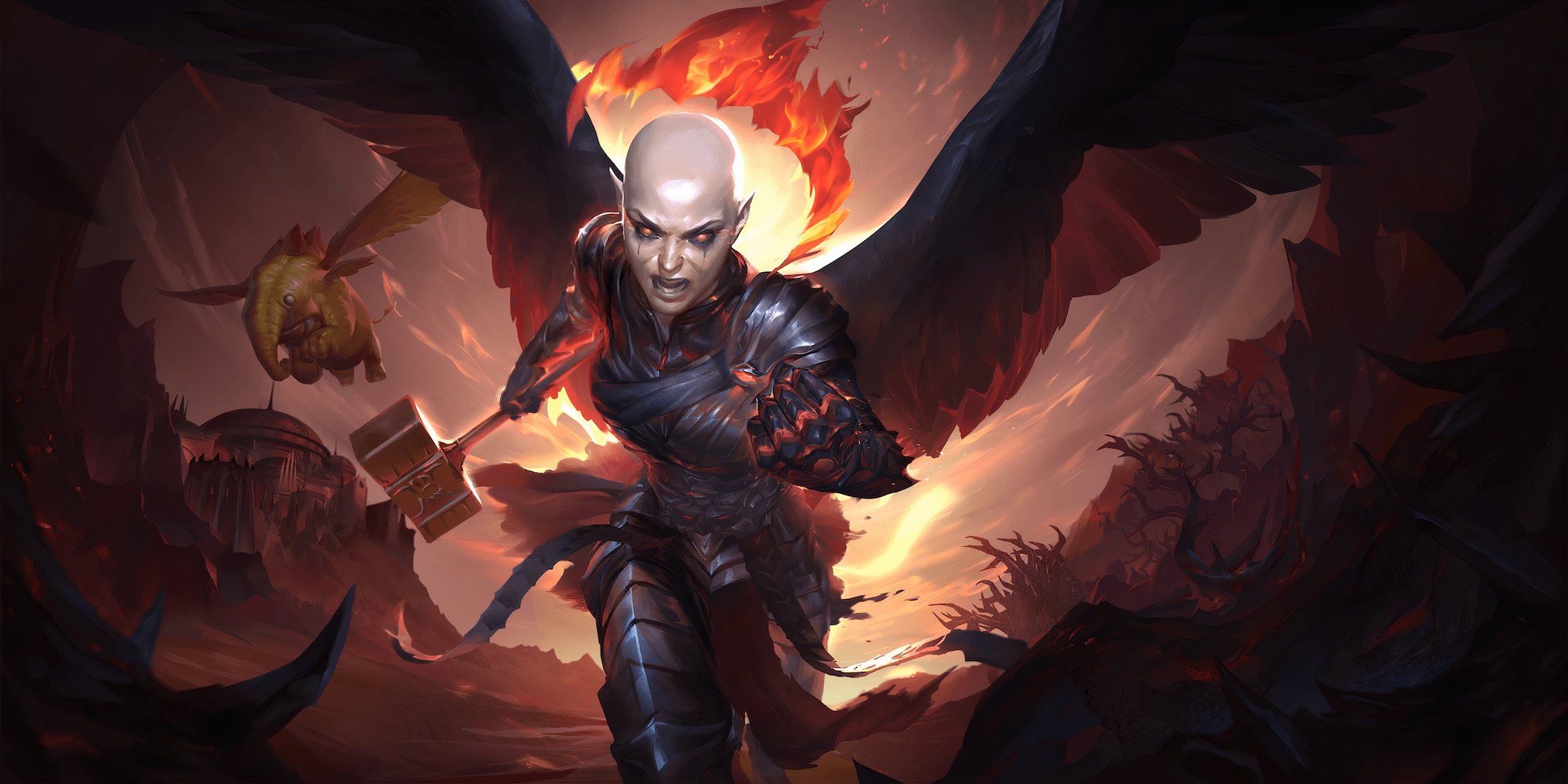

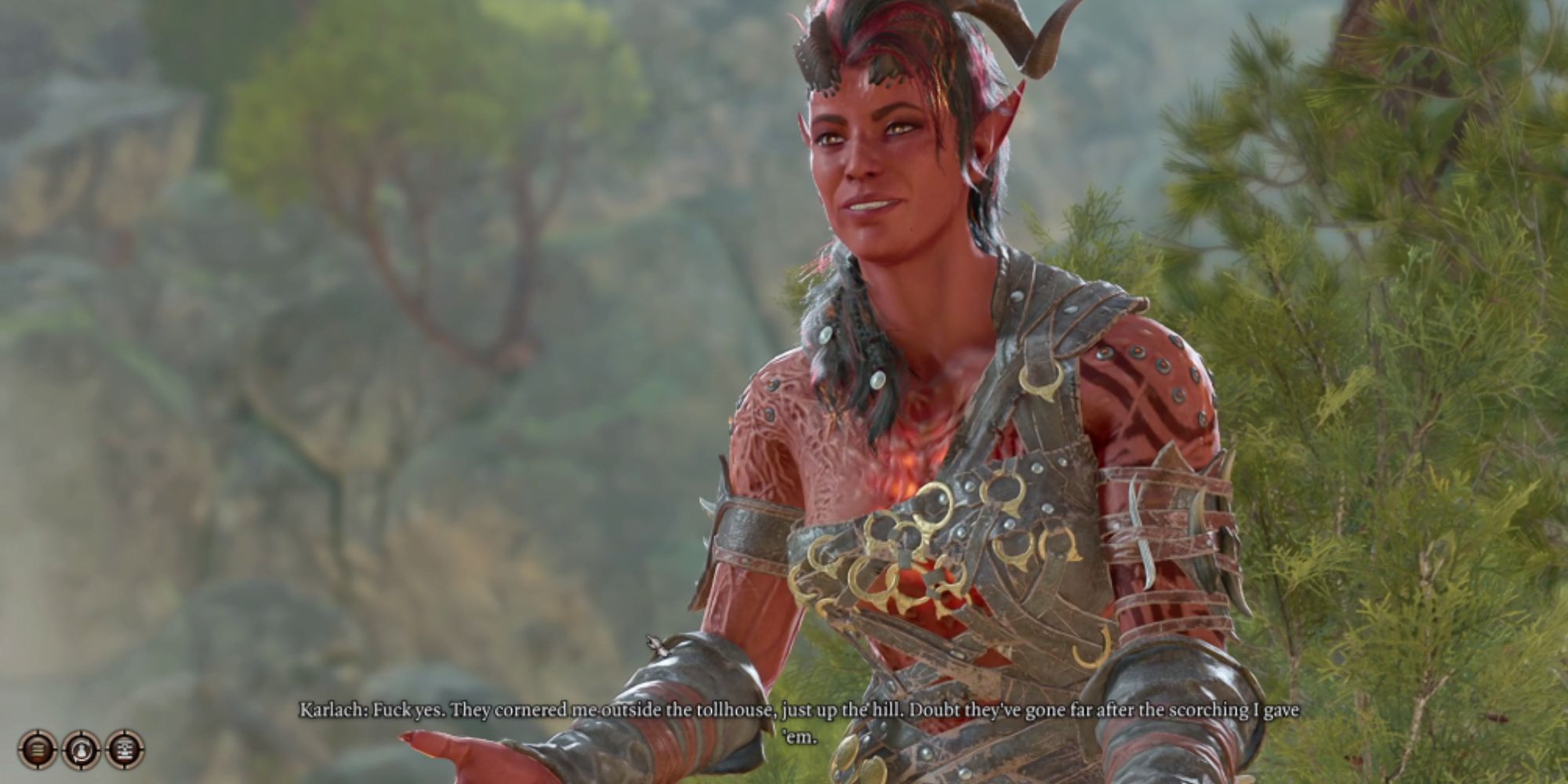



Strangely, the most powerful devil central to Baldur’s Gate 3’s plot is one that never even appears on-screen, that being Zariel. Zariel was a celestial who, after joining the fight on Avernus against demons and succumbing to the evil of the Hells, became the most zealous and aggressive archduke of them all. She lords over Avernus, where the fighting is thickest, and commands a number of other characters in the game, including Mizora and, previously, Karlach.
Zariel’s web of influence is vast, and her power is beyond reckoning, so it makes a lot of sense she never makes a direct appearance. Instead, agents of hers like Mizora and Florenta the Garroter come to the surface to do her bidding. Mizora is the devil who Wyll signed his soul away to in exchange for his warlock powers, demonstrating how devils can take advantage of well-meaning individuals and sentence them to an afterlife in the Hells.
How Raphael Connects To Two Other Archdukes
Mammon And Mephistopheles Receive Some Mention
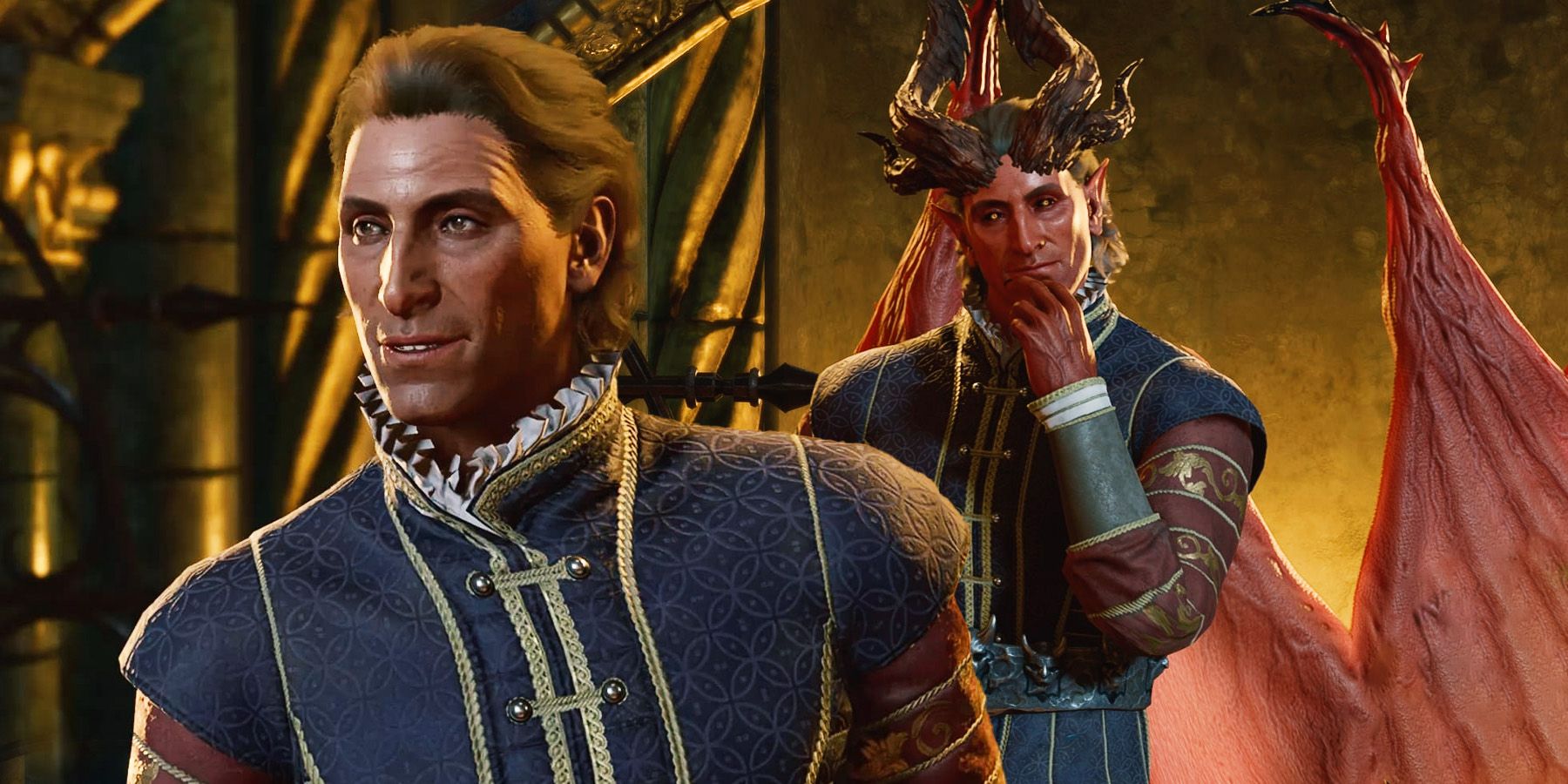
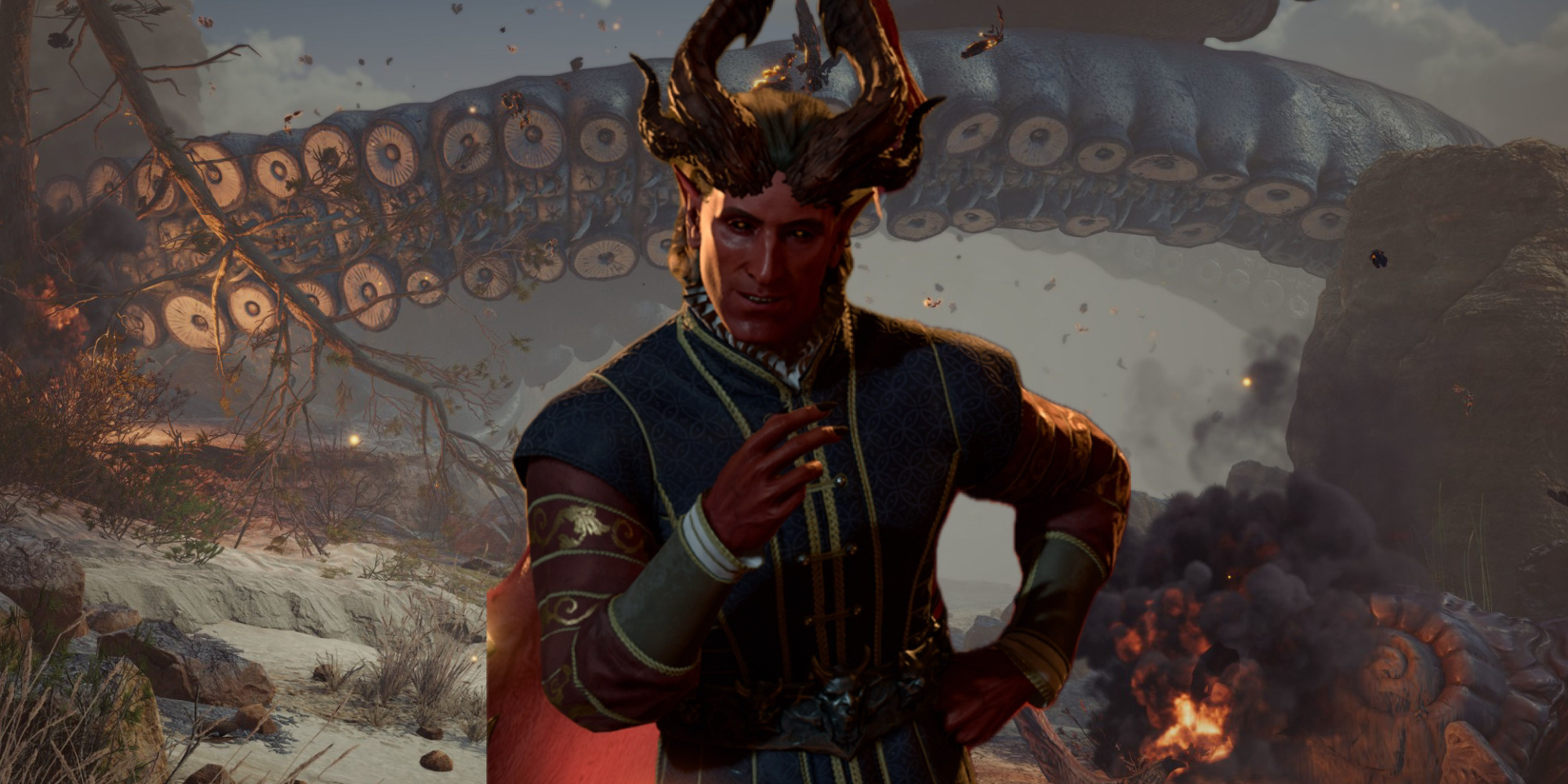
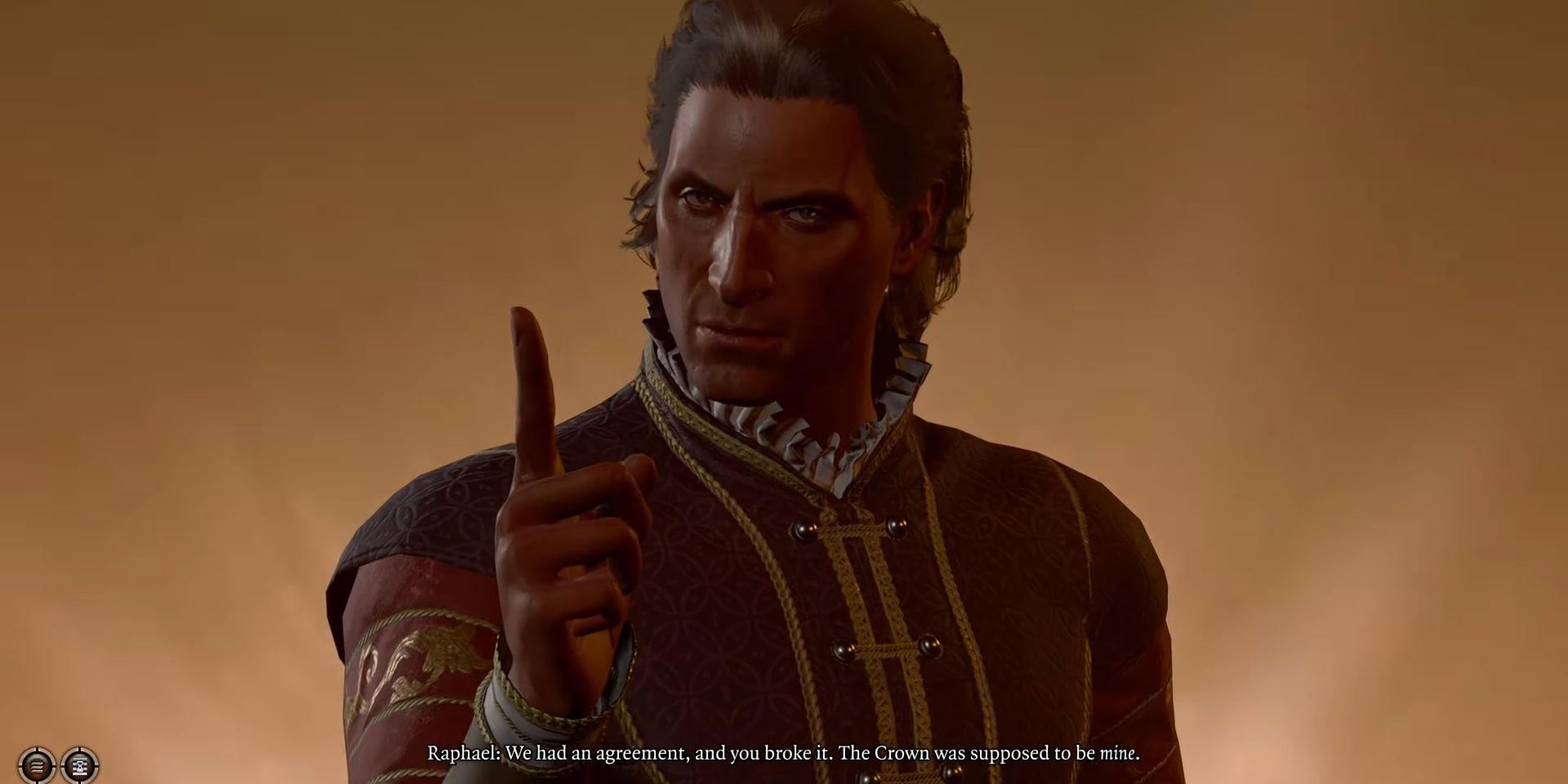



Mephistopheles is also the creator of the Rite of Profane Ascension, as used by Cazador during Astarion’s questline, giving the character a connection to a member of the party.
It seems Raphael is not on good terms with his father, since he states how he hated Mephistopheles for taking the Crown, and he keeps his floating House of Hope on the layer of Avernus, rather than Cania. This also suggests Raphael owes some fealty to Zariel, though their exact relationship is never spelled out. Regardless, Raphael’s storyline involving the Crown intersects with yet another archduke: Mammon, the rich lord of Minauros, whose power aided the Chosen of the Dead Three in stealing the Crown from Mephistopheles.
Mammon’s power is also what allows the player’s party to infiltrate the House of Hope in Act 3, bringing his involvement in the story full-circle and showing that devils aren’t the most loyal of creatures. So all in all, while Zariel and her subjects are the most involved devils in the game’s events, Raphael’s connection to Avernus and two other archdukes complicates matters. It goes to show how much lore lies just beneath the surface of the worlds of D&D and Baldur’s Gate 3.





